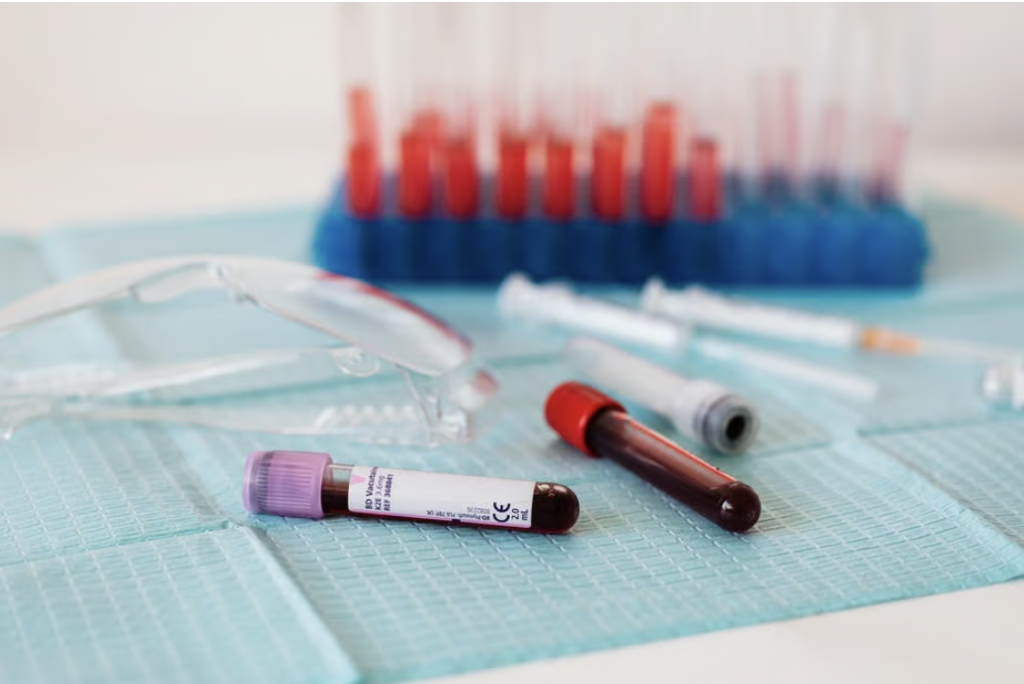Reducing Stress With Proper Pediatric Blood Draw Guidelines and Procedures

Are you one of the more than 10,000 pediatricians working in the United States?
If so, this guide is for you. Working as a doctor or as a pediatric phlebotomist can be very rewarding. It also comes with some challenges.
To do your job properly, reduce risk, and provide the highest quality of care, it’s important to understand the pediatric blood draw guidelines. Drawing blood from patients, especially children, requires a specialized approach. You’ll need to take their unique physiological and psychological needs into consideration.
Below, you’ll learn about the importance of understanding these guidelines and procedures.
Key Considerations for Pediatric Blood Draws
There are a number of key factors that you should keep in mind when you’re preparing to perform a blood draw on a child. These considerations can greatly affect the way you interact with the patient and their caregiver.
Age and Developmental Stage
The first and most obvious is the patient’s age. Pediatric patients encompass a broad age range. You could have infant patients, toddlers, or even high schoolers.
Each patient will have different emotional capacities. You’ll need to change and alter your approach based on their cognitive understanding and developmental stage.
For instance, you won’t use the same techniques with a 14-year-old as you would a 4-year-old. Being able to tailor your approach will make treating patients of all ages much easier.
Distraction and Comfort Measures
It’s important to engage with the child as much as possible. Distracting them and keeping their focus on other things, such as toys or music, can help keep them comfortable and make your job easier.
Involve the Caregiver
A trusted caregiver can help a child tremendously. Having a familiar presence in the room with them can make the process much easier and less intimidating for them.
A parent or caregiver may not know exactly what to do during the appointment. They won’t want to be in your way, so giving them some directions can be beneficial. Telling them where to stand or sit will ensure they’re with the child, but aren’t hindering you from doing your job.
Pain Management
Pediatric blood draw guidelines also include pain management. Typically, a blood draw is quick and easy; however, there are numbing creams that can help with the pain.
Using a pediatric-sized needle and distracting them are the pain management techniques that are used the most. You’ll want to consult with the patient’s guardian as well, as describing the pain management procedures will help them feel more comfortable.
Pre-Procedure Preparation
Following the proper pediatric blood draw guidelines and procedures is crucial to ensure accurate test results while minimizing pain and distress for young patients.
Before starting the blood draw, be sure to get the child’s medical history. You’ll need to review it carefully, as it could contain vital information such as allergies or medical conditions.
Once you have all the information you need, you’ll select the appropriate pediatric venipuncture site. This is often the antecubital fossa or commonly known as the inner elbow. Before deciding on a spot, be sure to consider the vein size and accessibility.
Sterile Technique
It’s your job as a medical professional to ensure all the equipment is clean and sterile to prevent any risk of infection. Wear gloves and carefully clean the venipuncture site.
Needle Insertion
No one likes to be poked with a needle, and the process can be very scary for children. This is why it’s vital to have patience and empathy when you’re gathering a sample for a pediatric blood test.
The best thing you can do is aim for quick and accurate needle insertion. This will help keep the pain to a minimum and reduce anxiety.
Since children’s veins are smaller than adults, the needles will need to be smaller as well. Choosing the right needle size will help you avoid complications and reduce the child’s discomfort.
Collection and Dressing
Once you’ve inserted the needle, you’ll collect the required amount of blood. After this step is completed, gently apply pressure to the insertion site with gauze.
This will reduce blood from running and keep the patient from seeing any of it. The guidelines then call for an adhesive bandage to be applied to the puncture site. The goal of this procedure is to keep the site protected and reduce the risk of it becoming infected.
Emotional Support
Following the pediatric blood draw guidelines, you’re also required to provide emotional support to your patient throughout the entire process, beginning, middle, and end.
Once the childhood blood tests are completed, the patient could still be nervous or anxious. Offering praise and reassurance can go a long way. Telling the child they are brave and doing a good job can help calm their nerves.
Providing encouragement and even a small reward such as a sticker can help create a positive association with the experience. This can help in the future if they ever have to return for another pediatric blood test.
Beyond the Needle: Pediatric Blood Draw Guidelines
As a healthcare provider, it’s vital to understand and properly execute pediatric blood draw guidelines and procedures.
These steps will ensure accurate test results and minimize your patients’ stress. It’s important to remember that compassion will help the procedure go smoothly. It’ll also contribute to building a relationship with your patients and ensuring they have a good medical experience.
Our team knows how to properly care for everyone of all ages, including pediatric patients. Contact us here for more information about becoming a phlebotomist.
